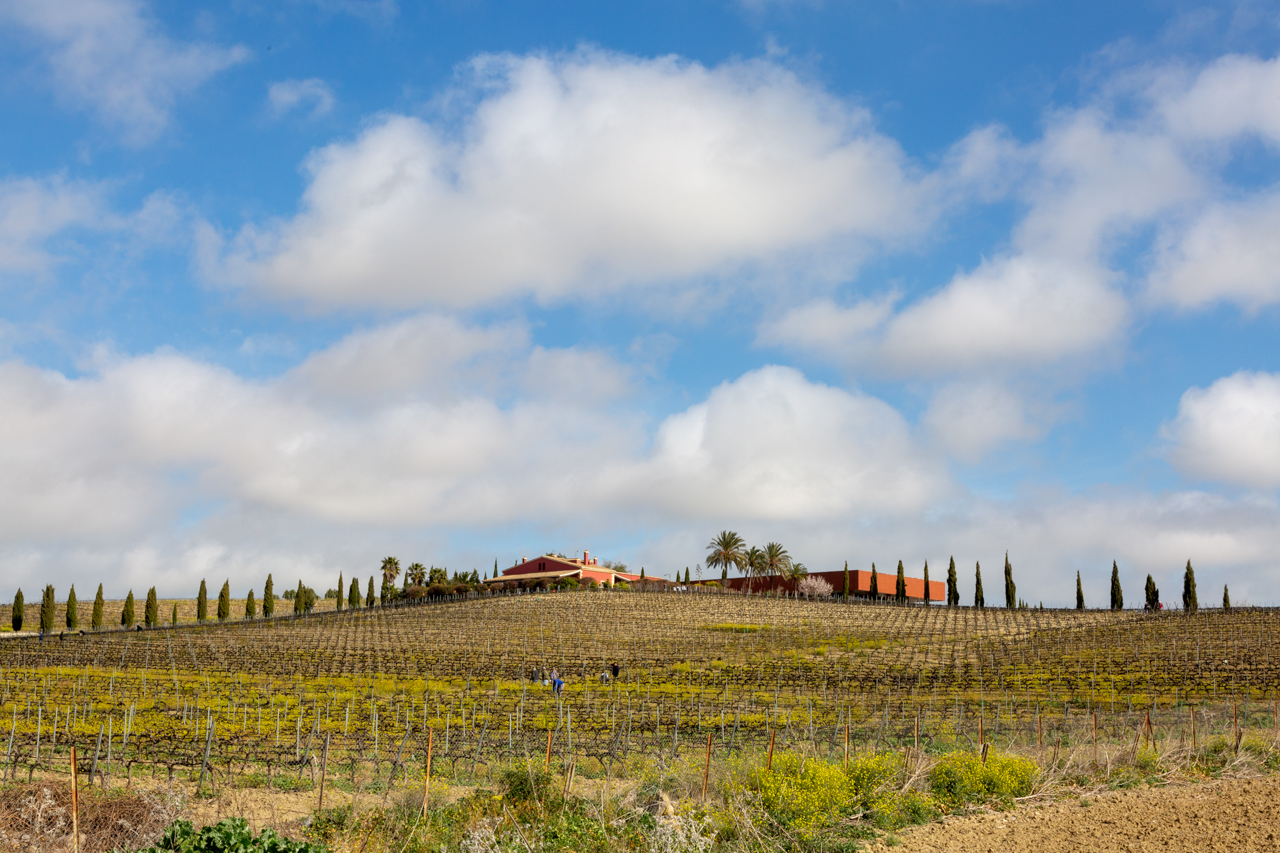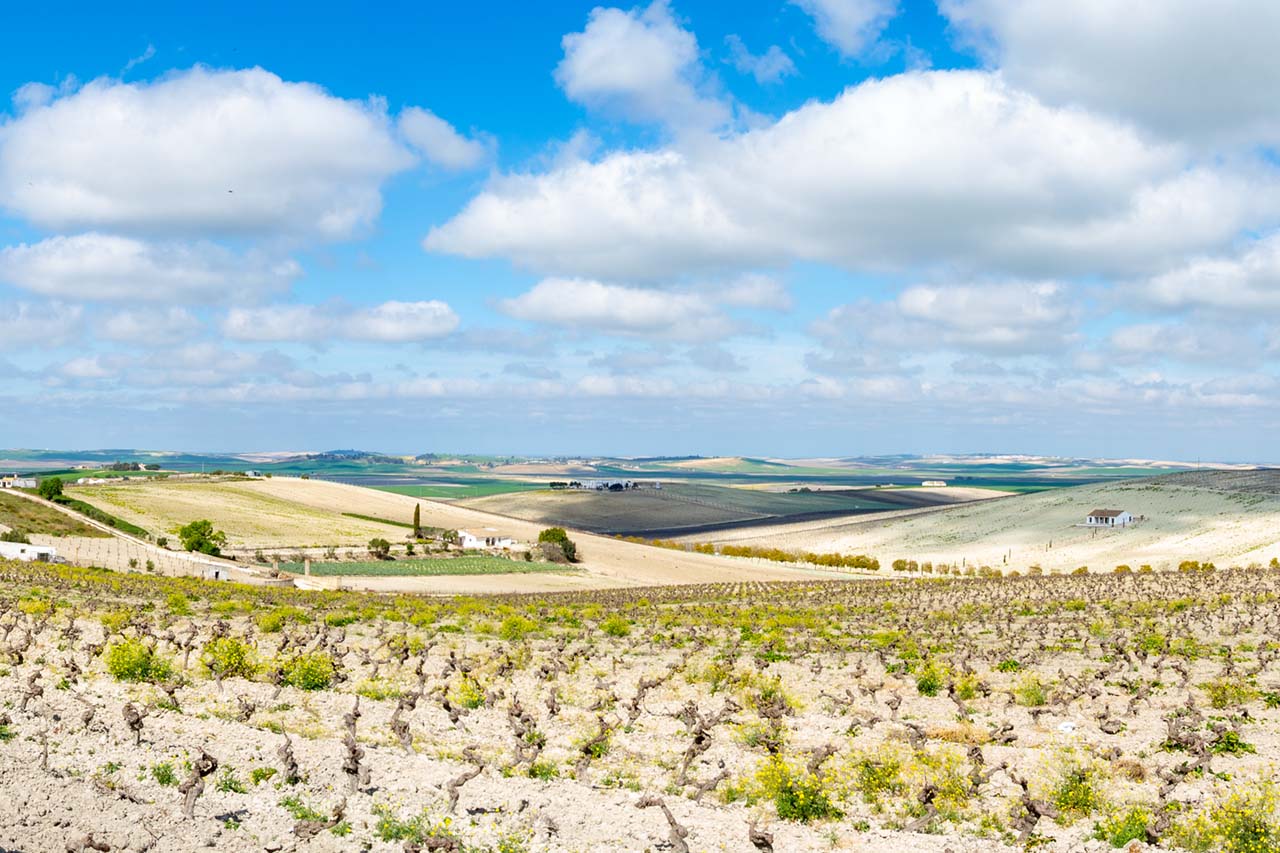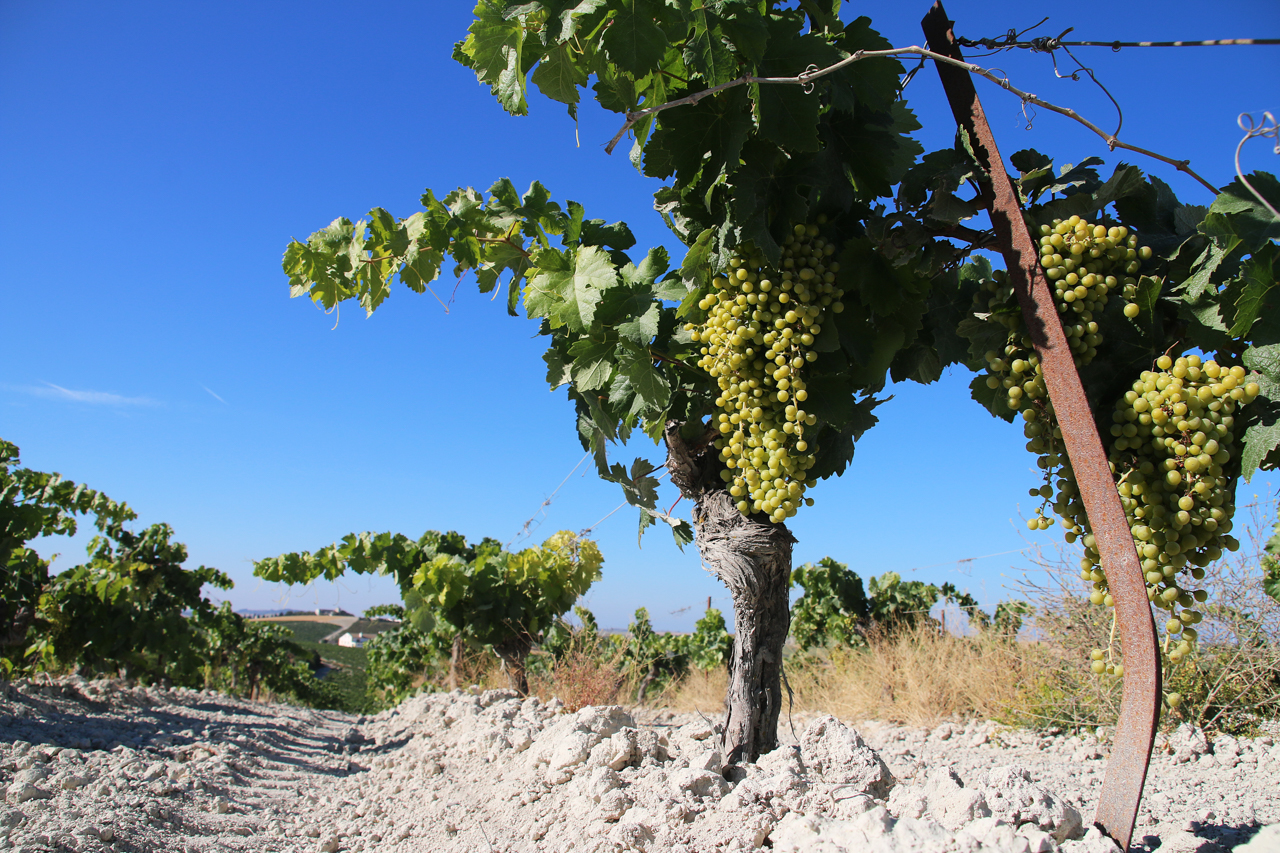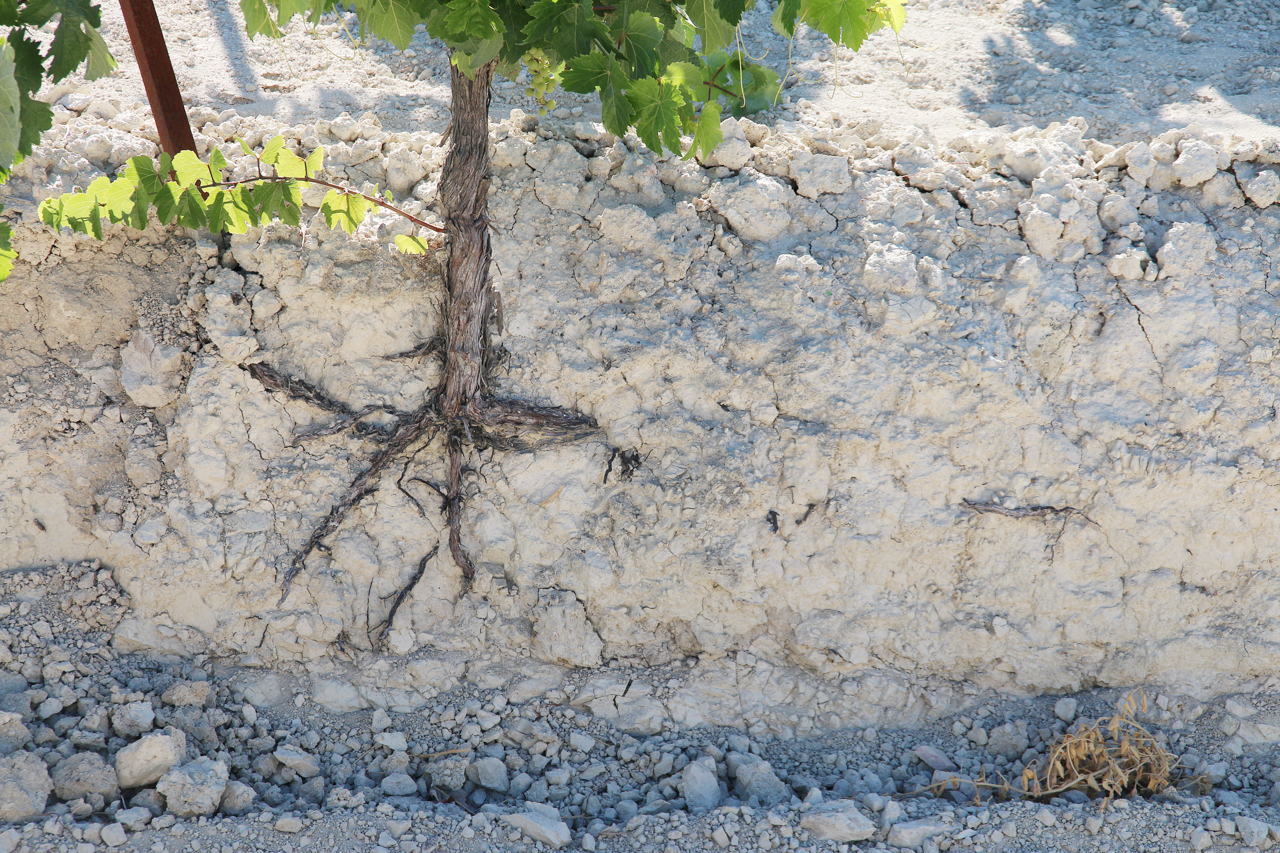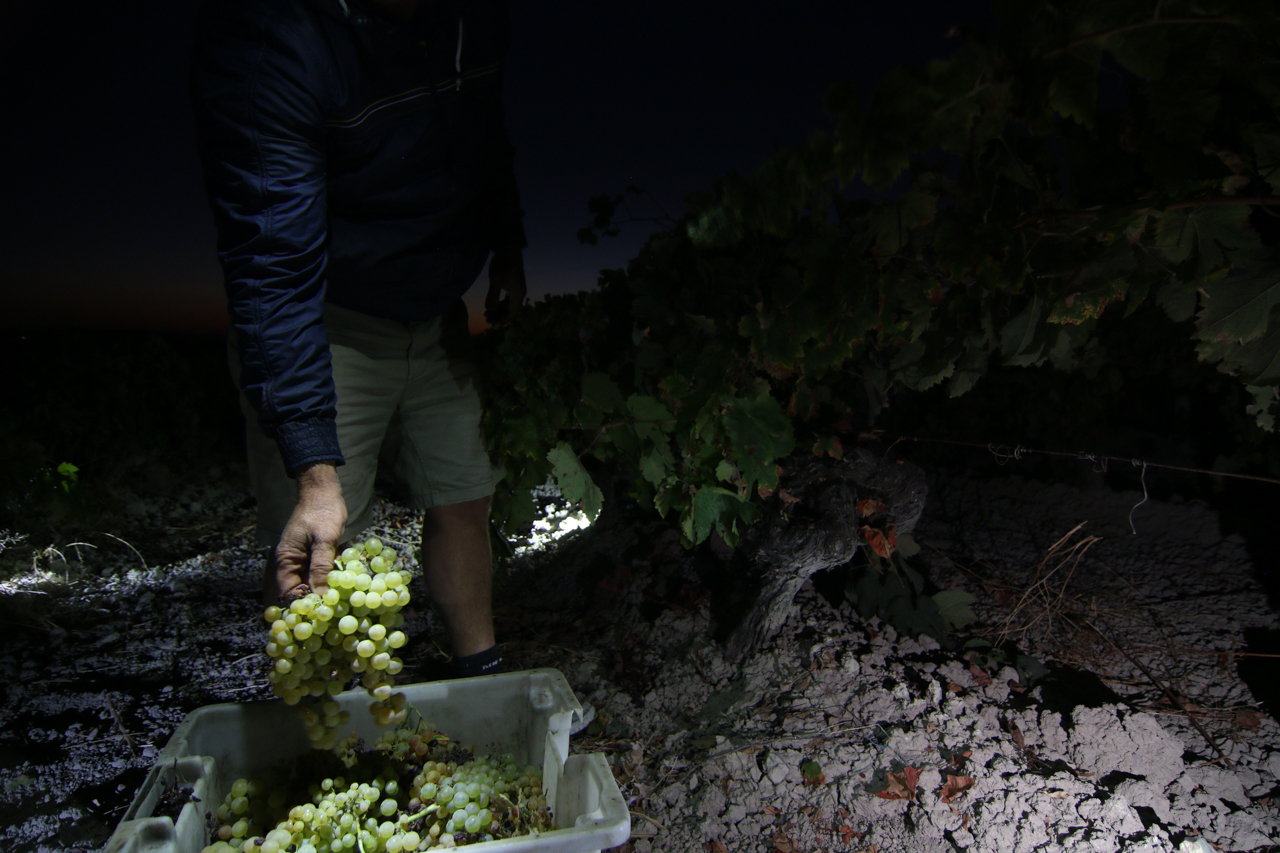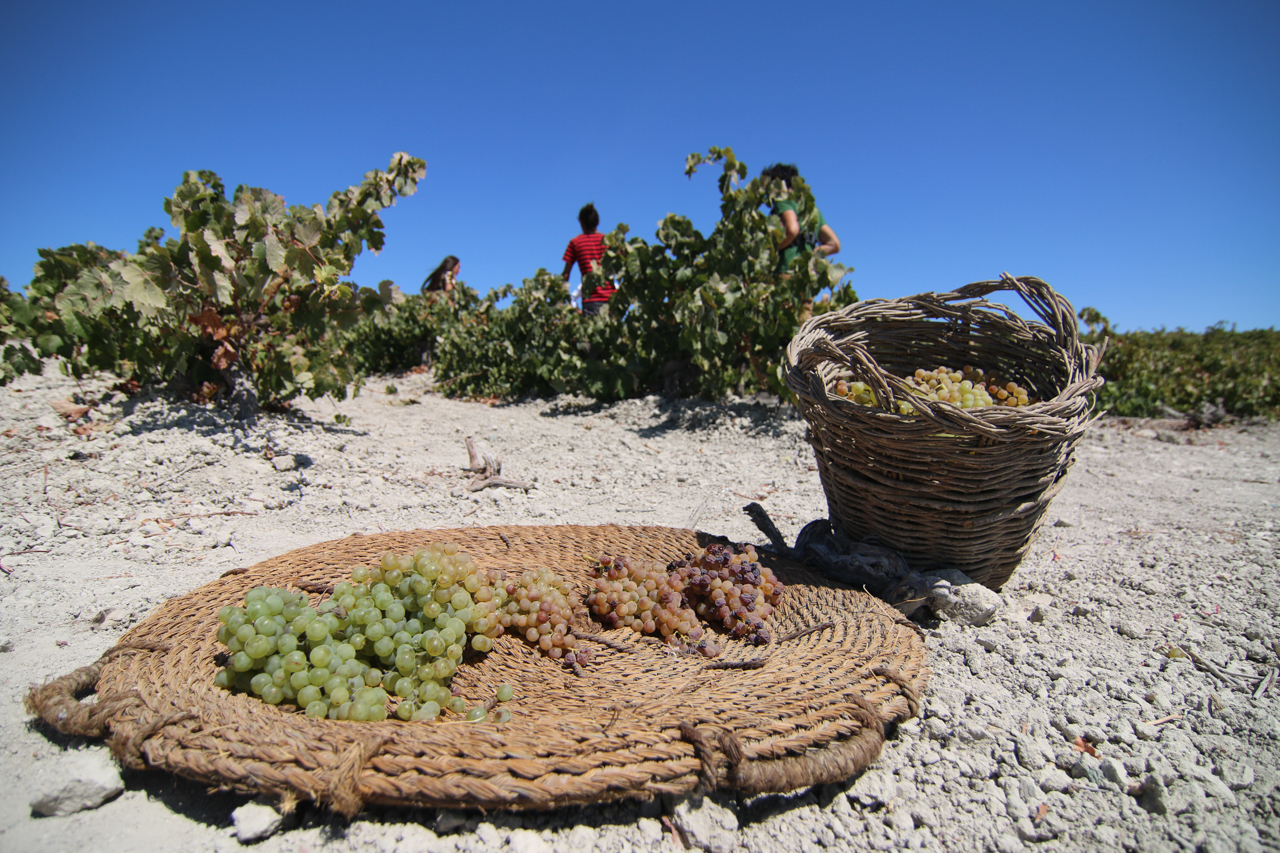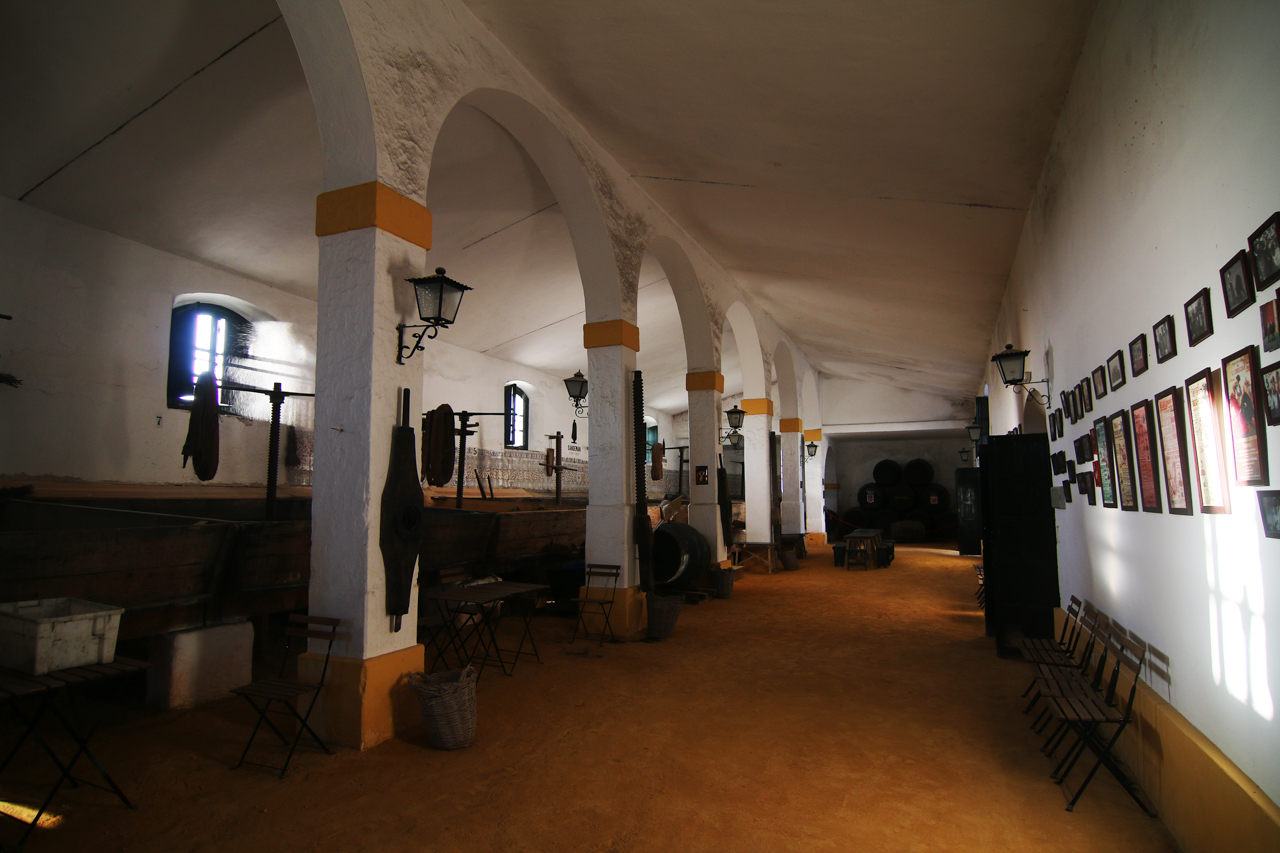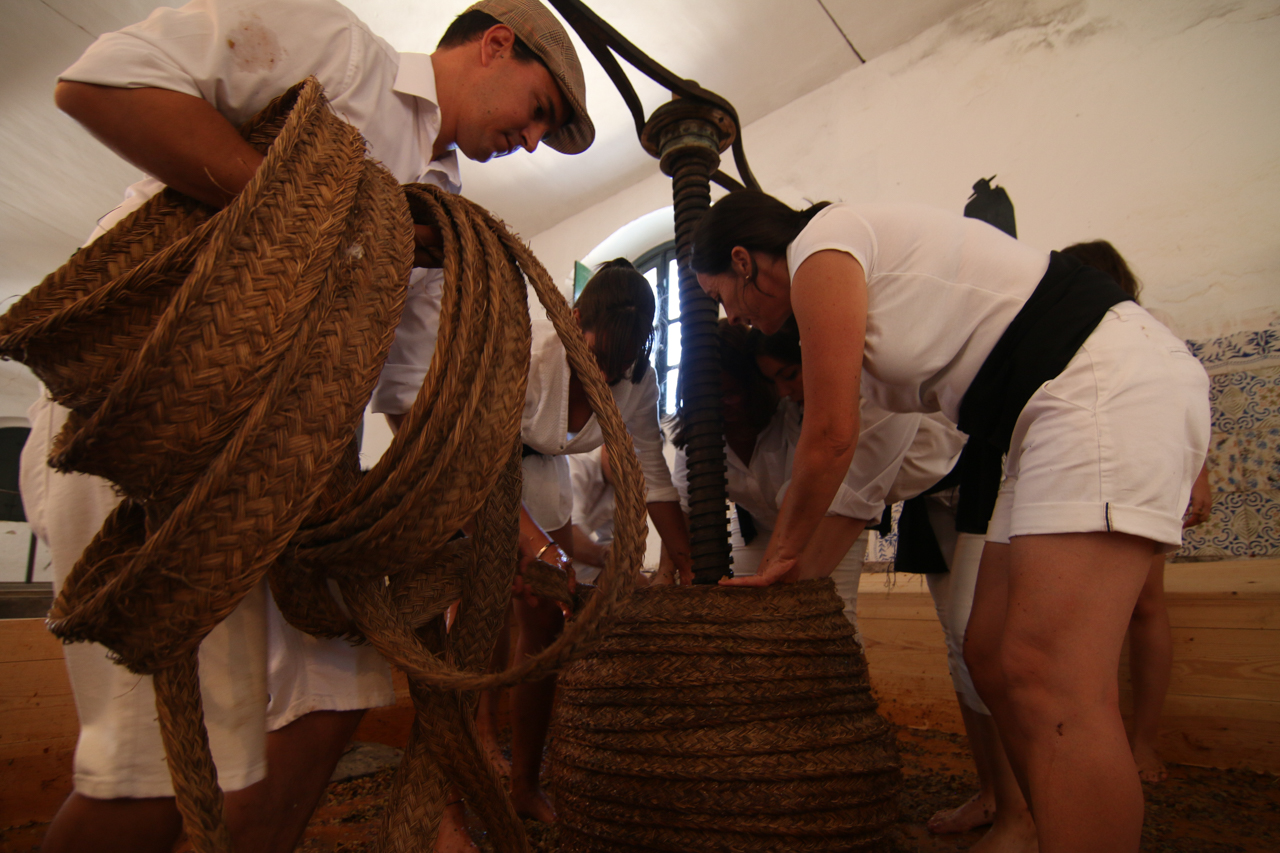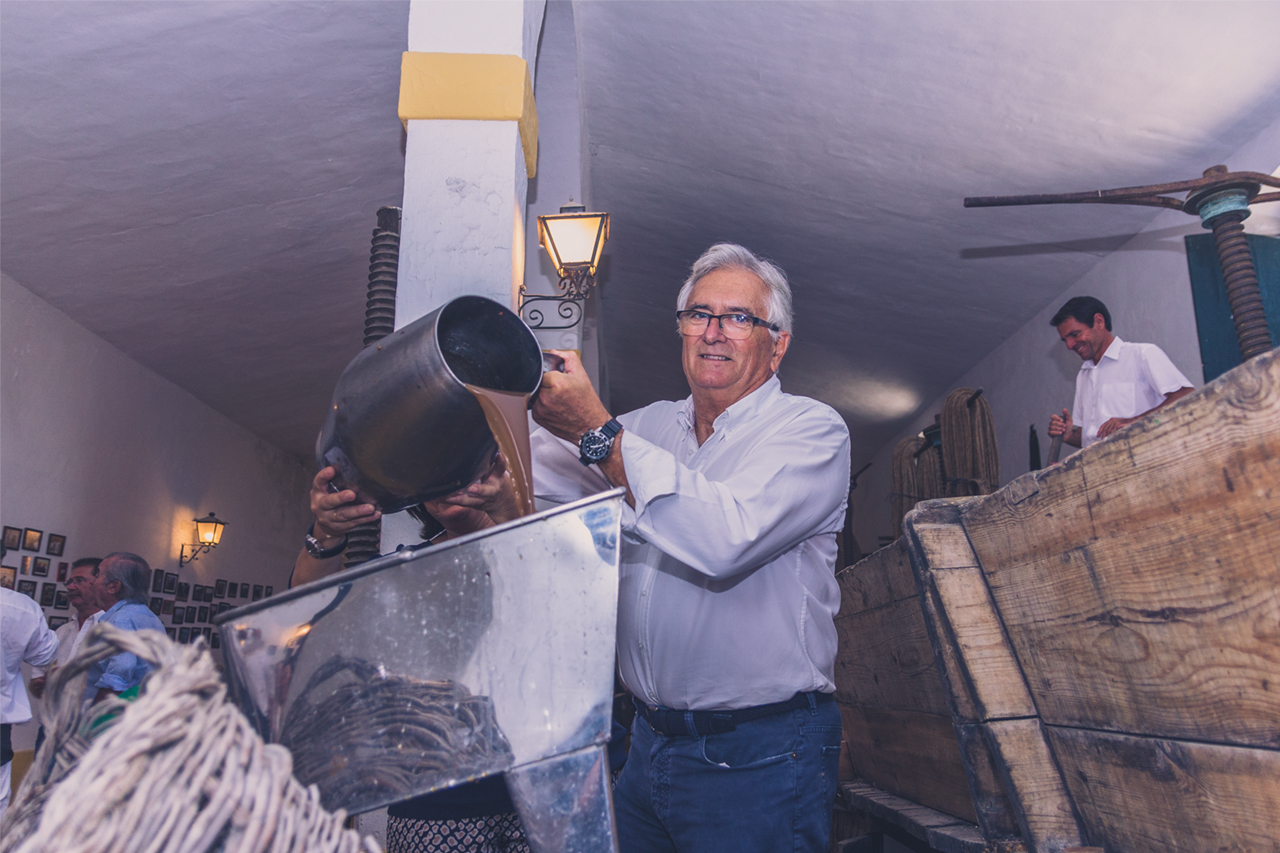

The story of Bodegas Luis Pérez is challenging to tell. From afar, it might seem like a collection of Pagos […]
Keep ReadingThe story of Bodegas Luis Pérez is challenging to tell. From afar, it might seem like a collection of Pagos with several discreet projects with little connective tissue. But the drive to reinvent, rediscover, and restore the potential for a region long mired in a sleepy state of comfortable commercialization cannot always be a linear path. Each step in the evolution of Bodegas Luis Pérez has established new benchmarks for what the wines of Jerez can be. At the helm of this multifaceted project are Luis Perez, a professor of enology at the University of Cádiz and former winemaker at Domecq, and his son Willy.
Bodegas Luis Pérez began with the purchase of Hacienda Vistahermosa in Pago del Corchuelo. Situated on the crest of a gently sloping hill just northwest of Jerez de la Frontera, this estate is unique in the region. Millions of years ago, El Corchuelo was a small island in the vast shallow sea that formed the iconic albariza soils of Jerez. As a result, this terruño ranges from rocky clay-limestone and marl to increasingly deeper albariza soils as one descends the slope. This proved to be the ideal place to demonstrate that Andalucia could make complex, modern wines and not just Sherry in bulk. In 2002, Luis and Willy started planting Merlot, Syrah, and Petit Verdot at El Corchuelo, taking full advantage of the uniquely rocky, clay-limestone soils to ensure wines that were simultaneously rich and poised. Having demonstrated that red wines made from non-native grape varieties could be made in Jerez, Willy and Luis wondered if the same could be said of the long-overlooked and indigenous Tintilla de Rota, and in 2009 they planted 2 hectares of Tintilla at El Corchuelo.
Tintilla de Rota, or Graciano as it is known in the rest of Spain, was once planted throughout the Iberian peninsula is prized for its dark color, intensely perfumed aromas, and refreshing acidity. Its exact origins are hard to pinpoint because, after phylloxera, it wasn’t widely replanted. Since it ripens late and its yields are quite low, it just wasn’t worth the risk. Today, however, it is most notable in Rioja, prized for adding freshness and aromatic complexity to the wines. It has existed in Jerez for centuries, where it is called Tintilla de Rota. Here it was frequently planted on less auspicious sites, but the warm climate of Andalucia always ensured its ripening. The fact that it hasn’t been taken as seriously as Palomino Fino is an oversight Luis and Willy are eager to challenge.
So pursuing this new path for Jerez and Bodegas Luis Pérez led Luis and Willy to El Calderín del Obispo, a vineyard in Pago de Balbaína. This Pago is closer to the Atlantic ocean with a more moderate climate than further inland. This is an ideal terruño for making Tintilla that is hauntingly aromatic, delicate, and refined. The soils in Alto Balbaína is a horizontally compressed and layered type of albariza that resembles a deck of cards. This Tosca Cerrada soil fractures easily, allowing the vine roots to spread out. This pago’s proximity to the Atlantic provides an altogether more ethereal expression of Tintilla than that grown at El Corchuelo.
The third pago to expand the range of possibilities at Bodegas Luis Pérez is Pago de Carrascal, one of the top sites in Jerez, and with the El Corregidor estate at its heart. Recognized as one of the finest vineyards as far back as 1414, El Corregidor was the location of the cellars for Sandeman’s premium line of Sherries, and the property included a 19th-century pressroom with its original lagars, a large country house, and 40 hectares of vines. The oldest vines are 22 hectares of 50-year-old Palomino Fino, supplemented with 13 hectares of Pedro Ximénez, 4 hectares of Tintilla, and 0.5 hectares each of Mantuo and Vijiriega. The purchase of El Corregidor coincided with Willy Pérez’s increasing interest in resurrecting the pre-industrial styles of Sherry made in the 18th and early 19th centuries – unfortified and vintage-dated wines where the ripeness of the grapes and the nature of the terruño dictated the style of the wine rather than any decisions made in the cellar.
To create a range of styles of traditional Sherry, Luis & Willy pick their Palomino Fino in five passes. The first green harvest is used for distilling, and a small portion might be reserved to provide acidity to wines in a hot vintage. The second harvest is conducted at night for vino de pasto such as El Muelle and La Escribana. The final three harvests are made towards the end of the season, and each is dried under the sun for between 7 and 48 hours. These harvests are used to make Caberrubia, Palma Cortada, Cortado, and Raya.
CloseWill Perez at El Corregidor
Hacienda Vistahermosa at the crest of Pago El Corchuelo
Dawn in the vineyard of El Calderin del Obispo in Pago de Balbaína
El Corregidor - the famed estate at the heart of Pago de Carrascal
Pago de Carrascal
Vine in the San Cayetano vineyard in Pago Macharnudo
Tosca Cerrada - a layered albariza like a deck of cards where the roots follow horizontal fractures in the soil
Night time harvest for vino de pasto – El Muelle and Escribana
Later harvests for ancestral sherries - Caberrubia, Palma Cortada, Cortado & Raya
The five harvests at Bodegas Luis Perez showing the effects of asuelo - drying Palomino Fino before crushing by foot
The crushing room of El Corregidor
Crushing starts with wooden mallets
Crushing by foot
The final pressing of the grapes
Luis Pérez
Willy Pérez and his family

